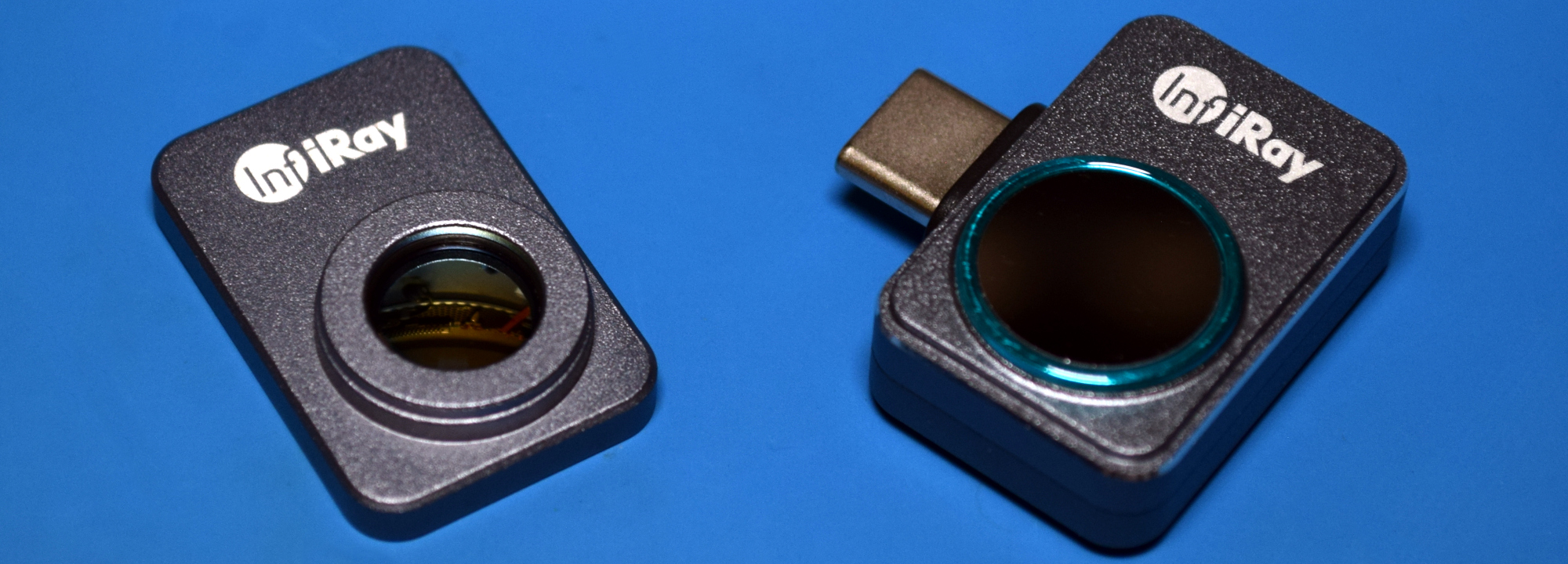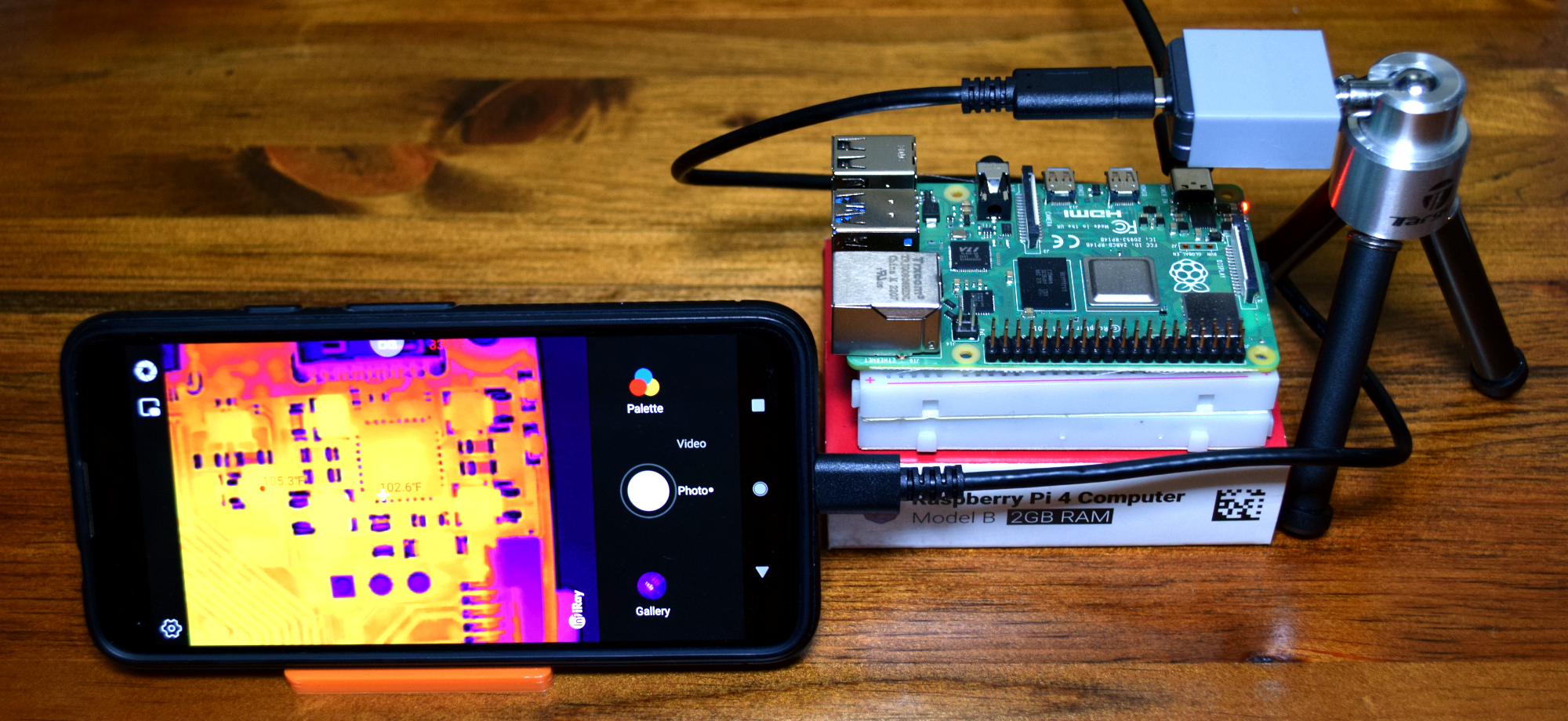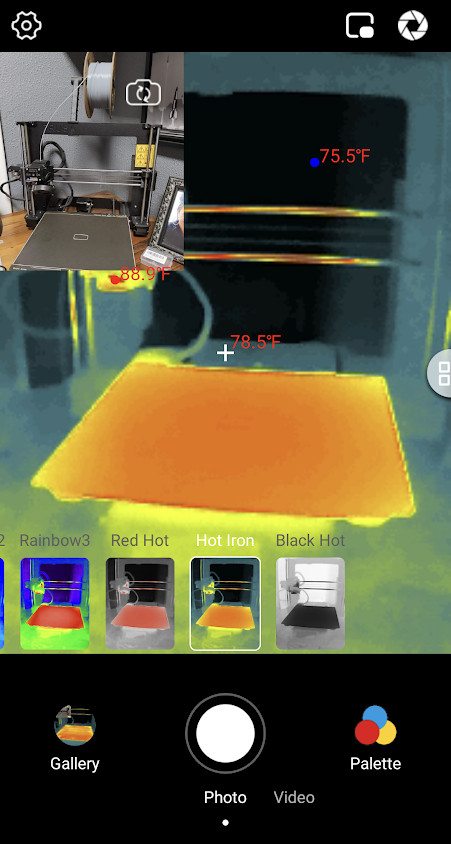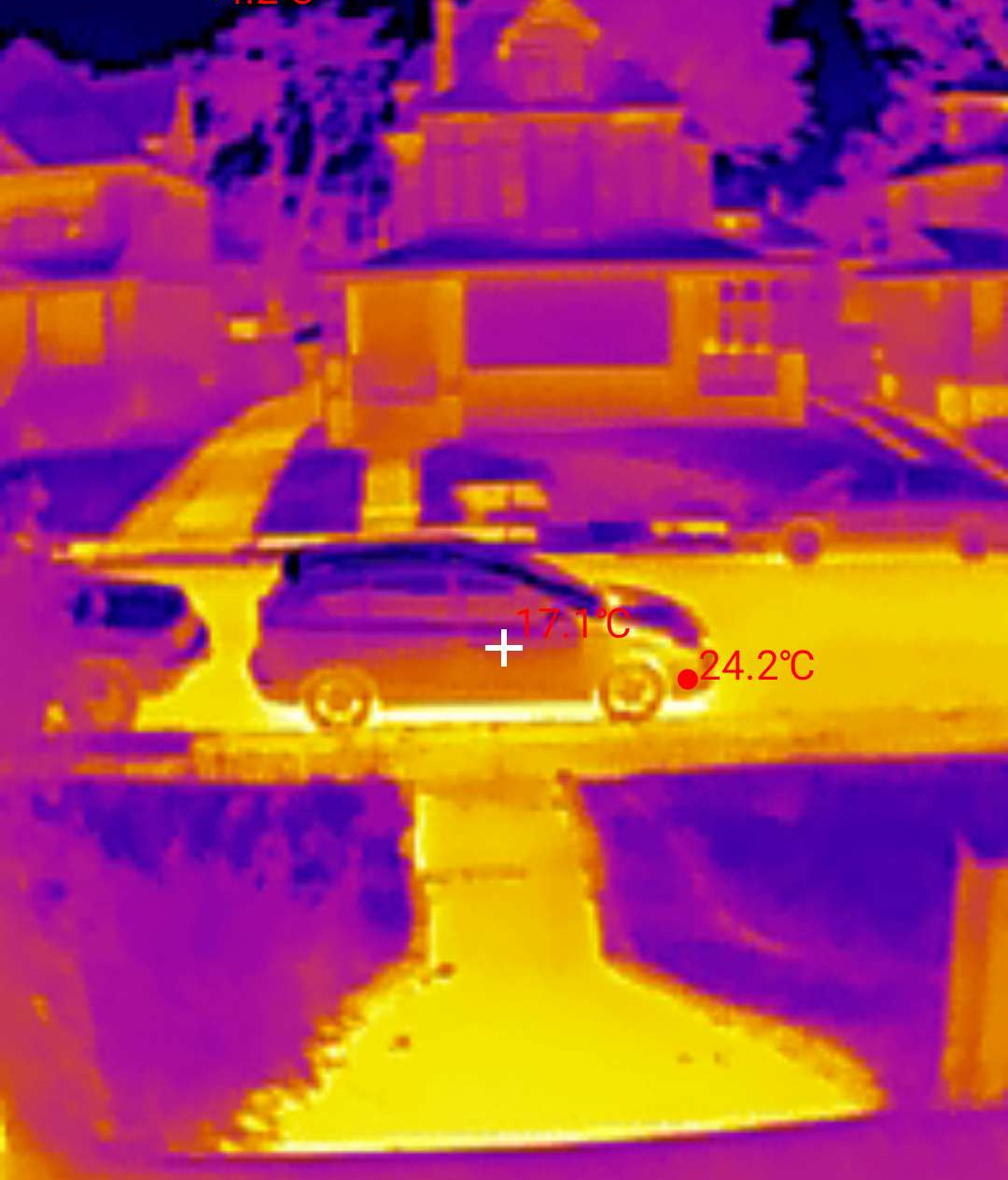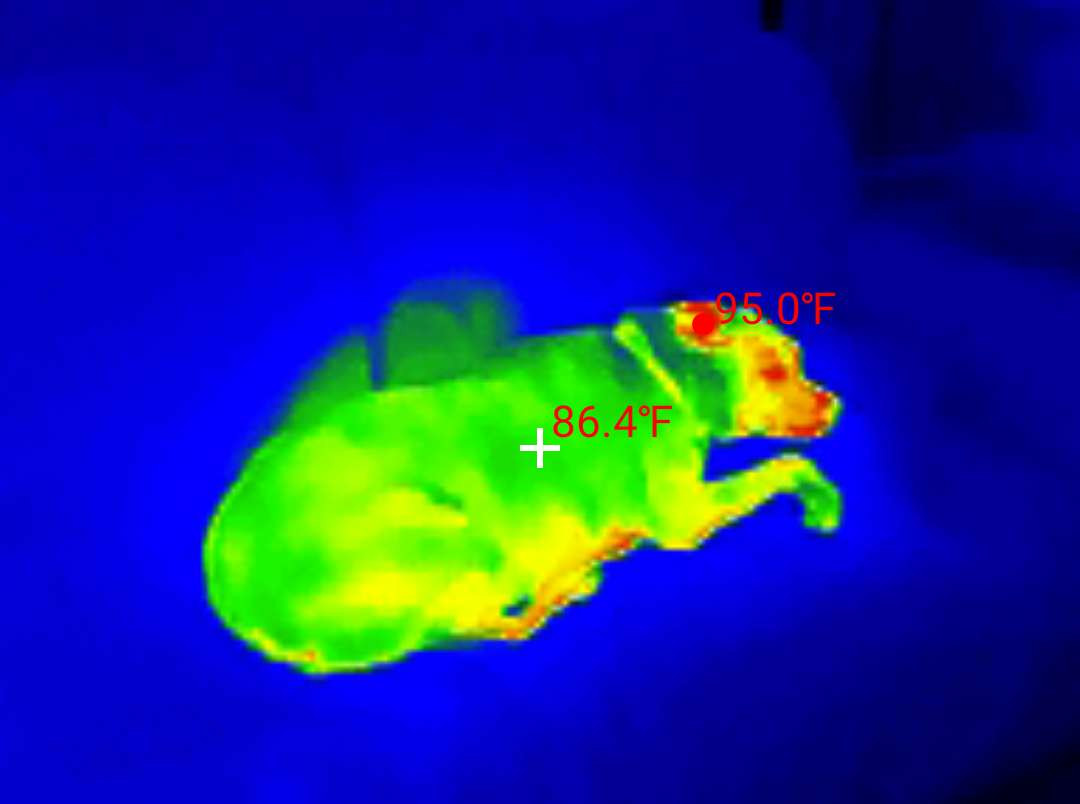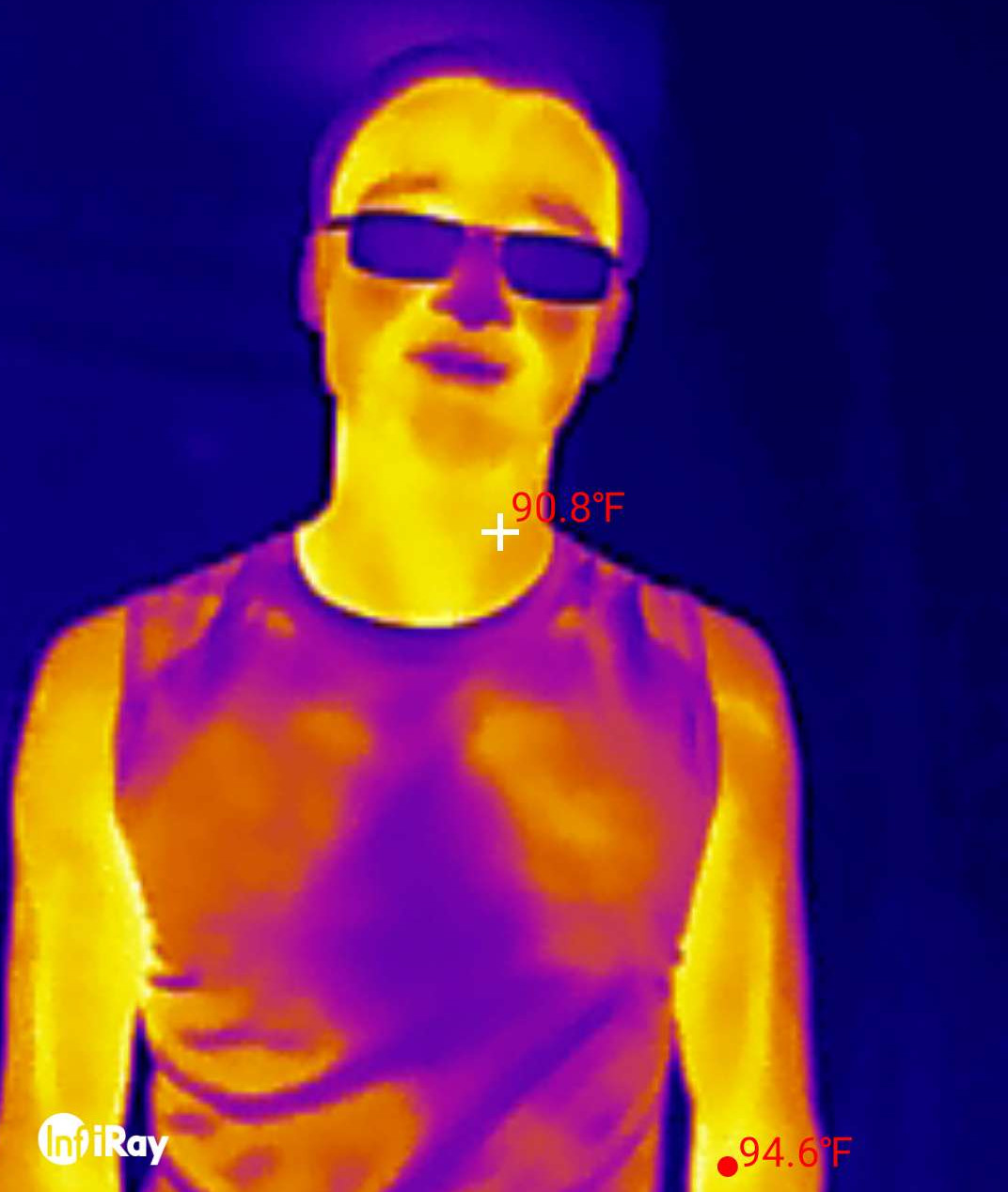Review: InfiRay P2 Pro Thermal Camera [Hackaday]
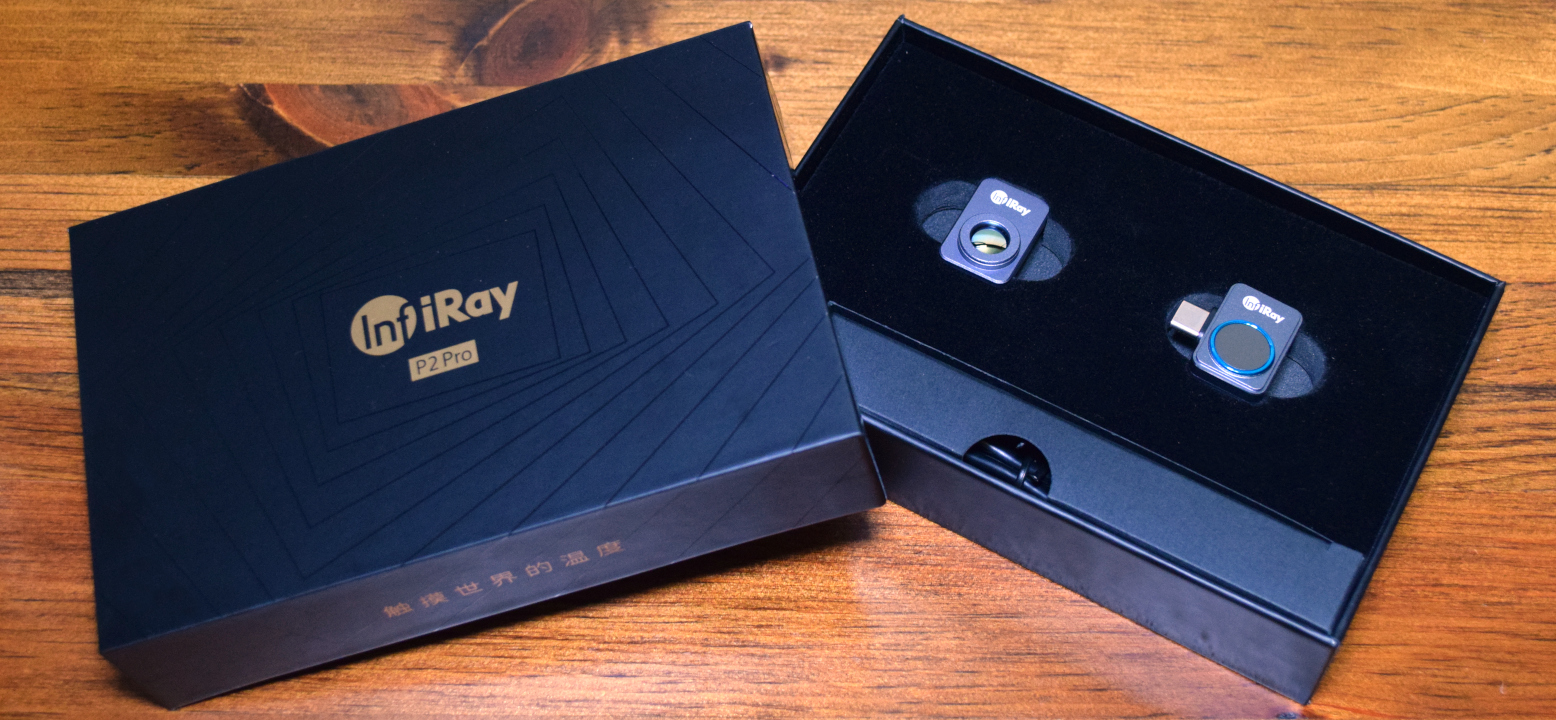
It probably won’t surprise you to learn that Hackaday is constantly hounded by companies that want us to review their latest and greatest gadget. After all, getting us to post about their product is cheaper, easier, and arguably more effective than trying to come up with their own ad campaign. But if you’ve been with us for awhile, you’ll also know that in-house reviews aren’t something we actually do very often.

So I don’t mind telling you that, when InfiRay contacted me about reviewing their P2 Pro thermal camera, the email very nearly went into the trash. We’ve seen these kind of phone-based thermal cameras before, and it seemed to be more of the same. But after taking a close look at the specs, accessories, and claims laid out in the marketing material, I thought this one might be worth checking out first-hand.
Getting Up Close and Personal
So what makes the P2 Pro thermal camera different from so many of the others on the market? Put simply, the combination of the sensor’s (relatively) high 256 x 192 resolution and the addition of a magnetically-attached macro lens means the camera is uniquely suited for close inspection of PCBs. Indeed, the website boasts the device is able to clearly observe individual 0201 SMD resistors on a board.
While so many of these cameras are intended for things like finding cold spots in your house, or identifying the hottest components in a car’s engine bay, the P2 Pro is a much better tool for the sort of close-up delicate work the average Hackaday reader is likely to be doing. Of course, at the same time, it can still do anything those lower resolution models are capable of. So even if you’re not looking for shorted components on SMD boards every day, there’s still plenty of applications for the camera in other fields and hobbies.
That said, the ergonomics of the device aren’t necessarily ideal for closeup work. The P2 Pro is extremely small — about 28 x 18 mm — and it’s very easy to block its view with your own hand while trying to position the phone properly. It works a bit better when the phone is upside down and your USB-C port is on the top, but of course that ends up being awkward for its own reasons.
InfiRay must have seen this issue coming, as they include a USB-C extension cable in the box that lets you maneuver the camera separately. Thanks in no small part to the simplistic shape of the camera, it only took a few lines in OpenSCAD to put together a 3D printed mount that let me screw the camera onto a standard tripod. This improves the usability of the product to the point that I’d love to see InfiRay offer an official version.
The P2 Pro also operates at 25 frames per second (FPS), which is notably higher than some of the cheaper models on the market. Gradual temperature changes show up smoothly, and watching heat propagate through an object is as mesmerizing as it is useful. In the following clip, I’m passing a couple volts through a 0805 resistor, and you can see clearly see how the heat generated by the resistor is pulled away by the wires once the current stops flowing.
Great Hardware, So-So Software
Note: As I’m using the Android version of the P2 Pro, the following only applies to Google’s OS. There is a separate iPhone version of the camera and a companion iOS application, but as I haven’t used it I can’t say for sure what the experience is like.
There’s honestly nothing bad I can say about the P2 Pro hardware itself — it feels solidly built, it performs great, and even the box it comes in has a nice presentation. The software on the other hand, while serviceable, could use a similar level of polish.
Getting the Android application to recognize the camera sometimes requires you to unplug it a few times, and I did experience a couple instances where the image from the camera locked up and required the application to be restarted. I also had problems recording videos from inside the application itself, and in the end had to use Android’s built-in screen capture capability to get the video posted above.
Other than the glitches, the software is overall pretty good. The interface is simple, and there are several nice features like the ability to change color schemes and a “picture-in-picture” mode that places the view from the phone’s camera over that of the thermal camera. Keep in mind that how well the two perspectives match is going to depend on the camera layout of the device you’re using it on.
There’s plenty of configuration and calibration options, but all the defaults seemed to work fine and I never needed to fiddle with anything. Still, it’s always good to have those advanced features and settings should you need them.
Incidentally, for anyone who might be curious, the P2 Pro was picked up as a standard USB video device when I plugged it into both my Linux desktop and Chromebook. Obviously you don’t get any of the advanced configuration options, and it’s the raw 256×192@25 FPS B&W video feed with no fancy upscaling like the app must be doing, but at least it works out of the box and could be useful for all sorts of projects.
An Outsourced Teardown
Those who’ve read my previous reviews are probably wondering when I’m going to get to pulling apart the P2 Pro and checking out what’s inside. But I’m afraid on this one I’m going to have to pass. It’s tiny case is held together with some kind of adhesive, and to tell you the truth, I’d rather not destroy the thing if I can help it.
But if you really must know what is looks like inside, mikeselectricstuff actually took the plunge on his channel a few months back. Unsurprisingly there’s not a lot going on inside the tiny gadget outside the camera board itself, though it is clever how they separated the interface out to its own board so they could easily produce USB-C and Lightning versions.
Thermal Gallery
Because it seems like the kind of thing you’d like to see in a review of a thermal camera, here are a random selection of images I’ve taken with the device over the last week or so.
The Verdict
In the end, I have to admit that the P2 Pro really impressed me. Not only does the resolution, frame rate, and macro lens make it an excellent tool for diagnosing hardware of all shapes and sizes– it’s just a whole lot of fun to look at the world through this device. I’d like to see the Android software get tightened up here and there, but I never ran into any issues that were big enough to prevent me from recommending the product to others.
At $299 USD the InfiRay P2 Pro is priced to compete with similar devices from FLIR, while at the same time offering higher specs in key areas. Consider the FLIR ONE Pro, which would set you back $420, yet only offers 160×120 resolution and is considerably larger and heavier. There are of course cheaper thermal camera options out there, but from what we’ve seen, they’re often more of a novelty than a useful tool. If you’ve been considering adding a thermal camera to your toolbox but were put off by the price-performance ratio of what was on the market previously, the P2 Pro might just be what you’ve been waiting for.

![review:-infiray-p2-pro-thermal-camera-[hackaday]](https://i0.wp.com/upmytech.com/wp-content/uploads/2023/06/129000-review-infiray-p2-pro-thermal-camera-hackaday.jpg?resize=800%2C445&ssl=1)
